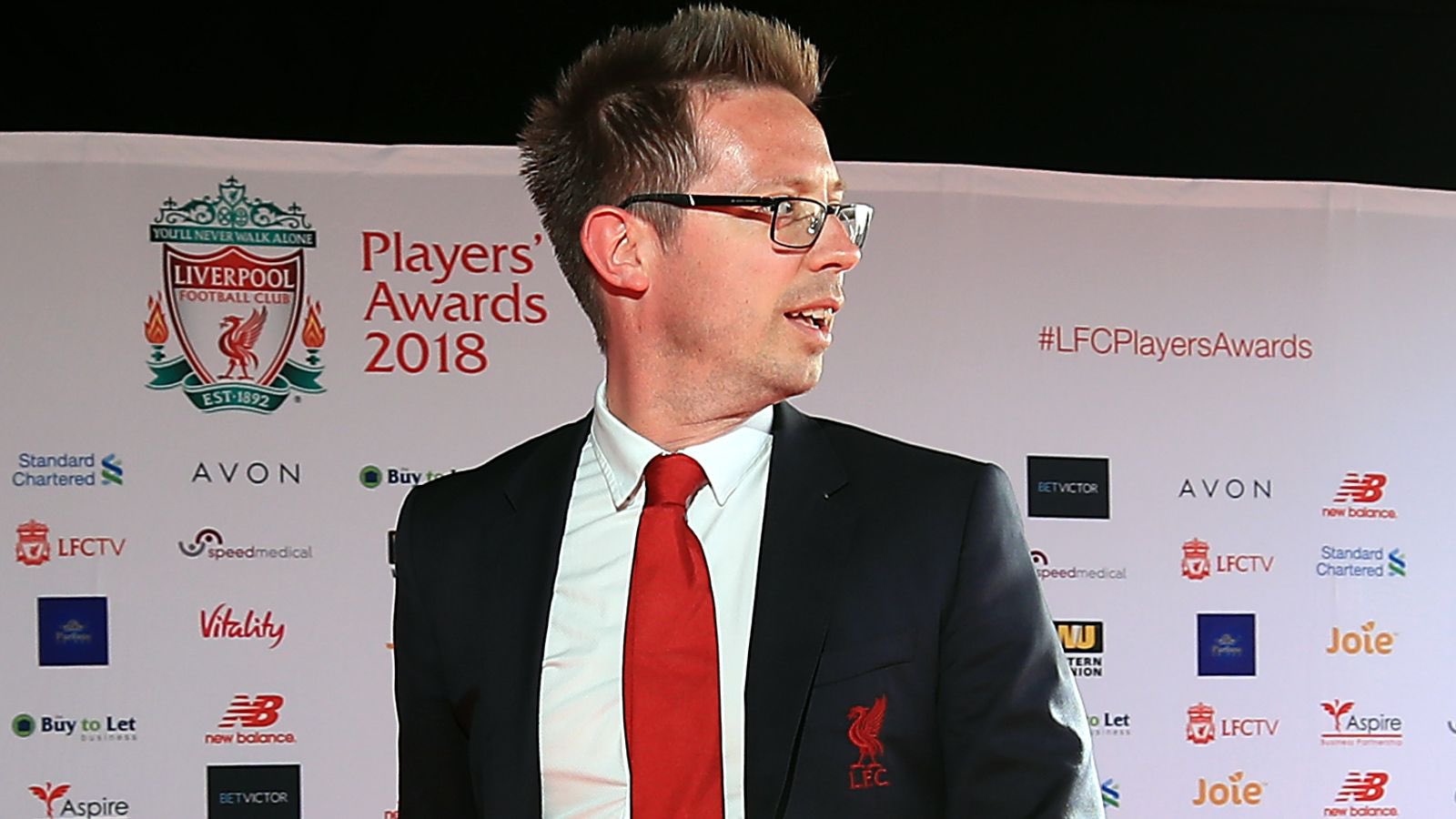TRANSFER GENIUS: BUILDING A WINNING SQUAD
In the modern era of football, where financial muscle often dictates the pecking order, Liverpool Football Club has masterfully navigated the transfer market to build a squad capable of challenging for the highest honors. This strategic acumen in player recruitment and development has been a cornerstone of Liverpool’s resurgence as a global football powerhouse, illustrating a blueprint for success that blends astute signings with a visionary approach to squad building.

Central to Liverpool’s transfer strategy has been the emphasis on identifying undervalued talent and nurturing young prospects into world-class performers. This approach was epitomized by the signings of Mohamed Salah from AS Roma and Sadio Mané from Southampton. Both players arrived at Anfield with potential yet to be fully realized and under the guidance of Jürgen Klopp and his coaching staff, evolved into integral components of a formidable attacking trio, terrorizing defenses across Europe.
Equally important to Liverpool’s strategy has been the focus on strengthening the team’s spine with transformative signings. The acquisition of Virgil van Dijk in January 2018 for a then-record fee for a defender was met with skepticism by some. However, van Dijk’s colossal impact on Liverpool’s defense, transforming it into one of the most formidable in the world, vindicated the club’s investment. Similarly, the signing of goalkeeper Alisson Becker from AS Roma in the summer of 2018 addressed a long-standing area of weakness, further solidifying Liverpool’s defensive setup.
Liverpool’s transfer genius also extends to the midfield, where the club has shown a knack for integrating versatile players who embody Klopp’s high-energy pressing game. The arrivals of Fabinho and Georginio Wijnaldum, albeit less heralded than some of their attacking counterparts, have been pivotal in establishing Liverpool’s dominance in the center of the park, proving that successful squad building is as much about the unsung heroes as it is about headline signings.
The Reds’ transfer strategy is not solely about spending big but spending smart. This is evidenced by the club’s utilization of advanced analytics and data science to inform their recruitment decisions. Liverpool’s data-driven approach has allowed them to identify players who not only fit Klopp’s tactical system but also possess the potential for significant development. This methodology, coupled with a clear vision for the team’s evolution, has enabled Liverpool to assemble a balanced, cohesive, and highly competitive squad without necessarily outspending their rivals.
Moreover, Liverpool has demonstrated an adeptness in maximizing the value of outgoing players, which has been crucial in reinvesting in the squad. The sale of Philippe Coutinho to Barcelona in January 2018 for a substantial fee is a case in point. The funds generated from Coutinho’s transfer were strategically reinvested in key areas, highlighting the club’s shrewdness in the transfer market.
The culmination of Liverpool’s transfer strategy and squad building efforts was evident in the 2019-2020 season, as the club clinched its first Premier League title in 30 years, in addition to winning the UEFA Champions League, UEFA Super Cup, and FIFA Club World Cup in the preceding year. These triumphs underscored the effectiveness of Liverpool’s approach to building a winning squad, marrying financial prudence with a keen eye for talent.
In conclusion, Liverpool’s success in recent years is a testament to their genius in the transfer market. By prioritizing strategic signings, focusing on player development, and leveraging data analytics, the club has established a model for sustainable success in the highly competitive landscape of modern football. As Liverpool continues to compete at the highest levels, their approach to squad building remains a benchmark for clubs aspiring to achieve greatness both on and off the pitch.